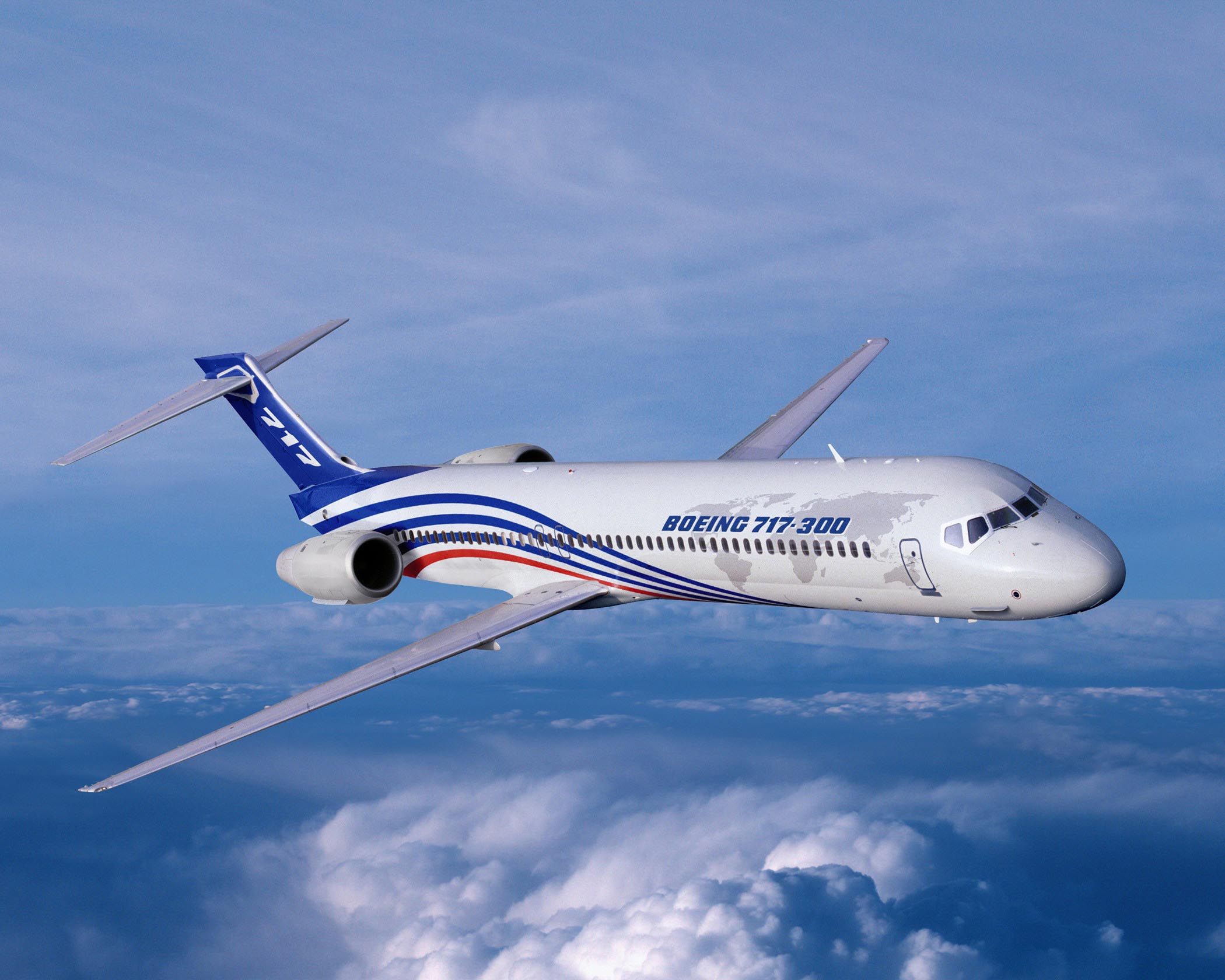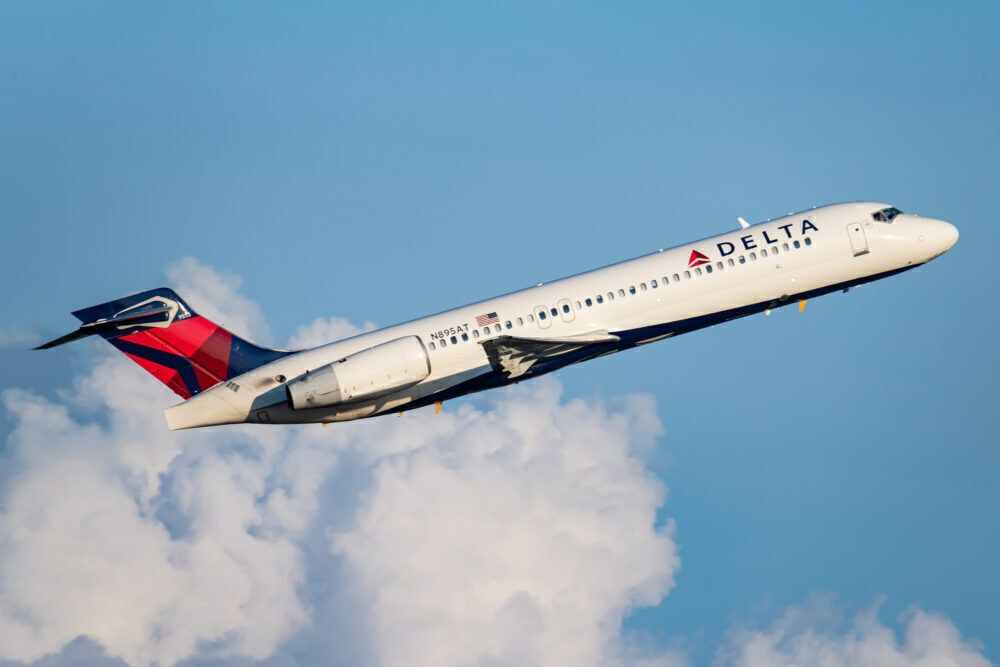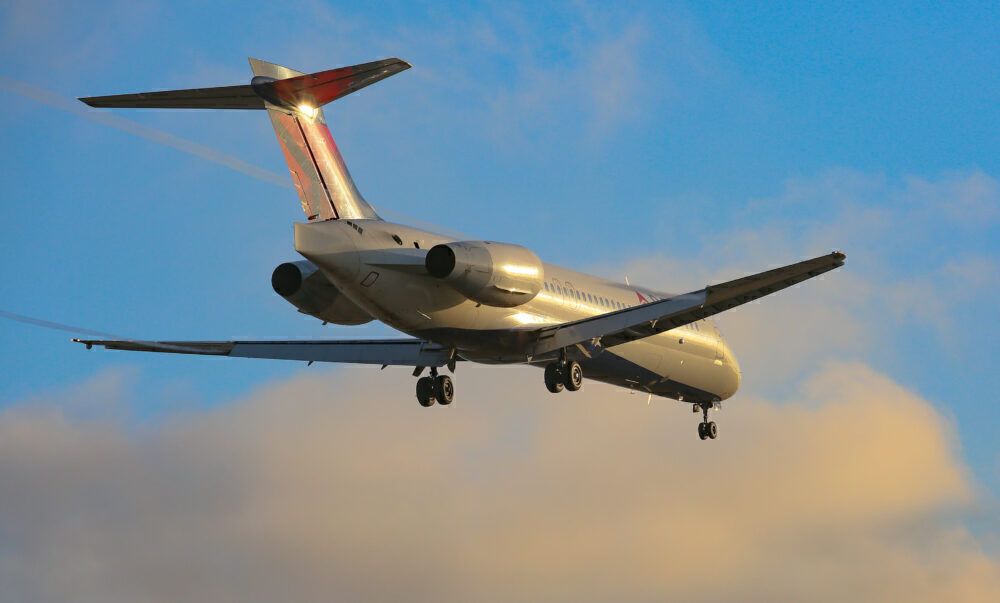The Boeing 717 is a unique product in the Boeing line-up. Acquired through the purchase of McDonnell Douglas, the aircraft became relatively successful on shorter, regional routes. But it wasn’t originally intended to be a standalone aircraft; it should have had two sisters, one larger, one smaller. What happened to these ‘lost’ Boeing 717 models?
A family of 717s?
When Boeing acquired McDonnell Douglas in 1997, industry observers expected the manufacturer to scrap the development of the MD-95. But the US planemaker surprised the world and pushed forward with its development, renaming the aircraft the Boeing 717.
But the MD-95 was never intended to be a standalone aircraft. McDonnell Douglas had envisioned the development of a family of jets, perfectly positioned to replace aging DC-9s, with a range of sizes to cater to all needs. In the McDonnel Douglas development team, these were known as the MD-95-10, a shorter fuselage model, and the MD-95-50, a larger variant. The original aircraft was known in-house as the MD-95-30.
When Boeing took over the program, these concepts became known as the Boeing 717-100X and the 717-300X. In the end, only the 717-200 was ever offered for sale. What happened to these ‘lost’ models, and why weren’t they ever developed?
Stay informed: Sign up for our daily and weekly aviation news digests.
The stretch
The larger variant that could have been was the 717-300X. This would have stretched the fuselage of the 717-200 by around nine feet (just under three meters), providing an increased capacity of up to 145 passengers (128 in a two-class arrangement). This stretch would have been complemented by a higher maximum takeoff weight (MTOW) and an additional service door behind the wing.
There was some interest from airlines regarding this larger variant. It would have allowed airlines to upsize their aircraft on the most popular services, without moving to another aircraft type altogether. Original launch customer, AirTran, expressed an interest in converting some 717-200 orders to this type, and various Star Alliance carriers, including Air Canada and Lufthansa, showed some desire for the type.
Ultimately, Boeing never developed the type. The manufacturer believed the capacity of the 717-300X would be too close to that of its 737-700. Not wanting to cannibalize sales of its Next Generation narrowbody, it opted to put the project on ice.
The shrink
The 717-100X would see the narrowbody taken in the other direction. This variant would have shortened the fuselage by four frames, reducing its length by six foot three inches (1.9 m). In two classes, the aircraft would have accommodated around 85 passengers.
However, in 2000 the plan was revised to make the size reduction more drastic, taking its reduction to eight frames and shrinking the fuselage by 12 feet eight inches (3.8 m). This was now to be a 70-seater aircraft, perfect for the low-density regional market.
Boeing took its development as far as wind tunnel testing, with results suggesting no significant aerodynamic changes were required from the original 717. Boeing stated that the business case for the shrink was looking positive, as airlines were indicating that they wanted a smaller aircraft.
However, Boeing’s attention was divided between this and the project known at the time as the 747X. What was to become the 747-8 was consuming much of Boeing’s time and resources, and it was much more Boeing’s cup of tea than a sub-100 seat regional jet.
The project seemed to fizzle out in late 2000, with the official launch deferred by Boeing. By 2003, the 717-100X was abandoned altogether.
As such, the only 717 we ever got to experience was the 717-200. Would these other jets have been a success? Let us know what you think in the comments.



